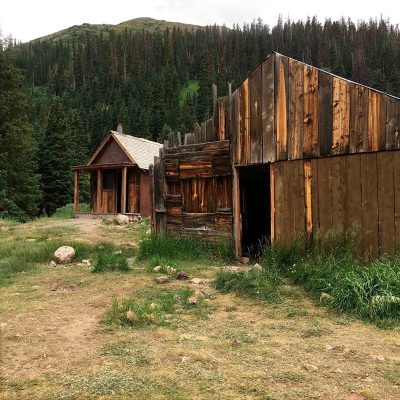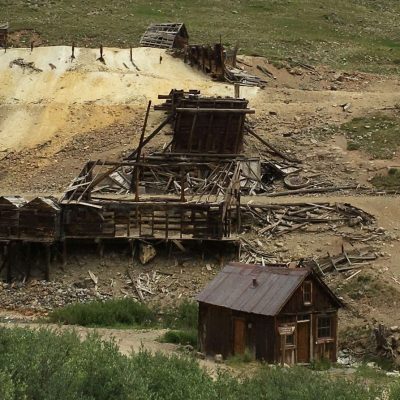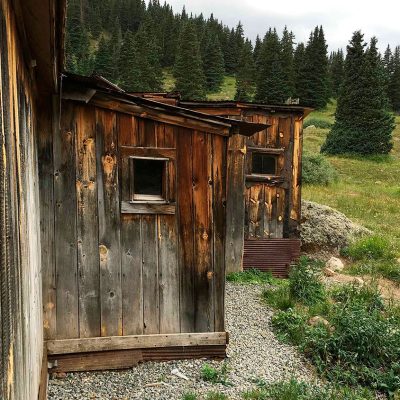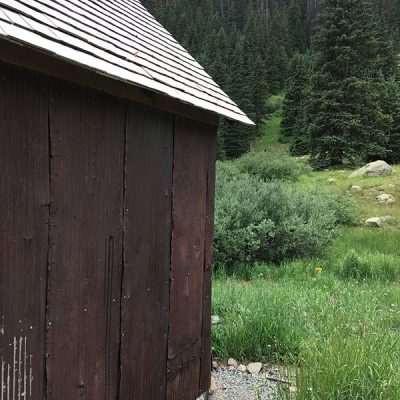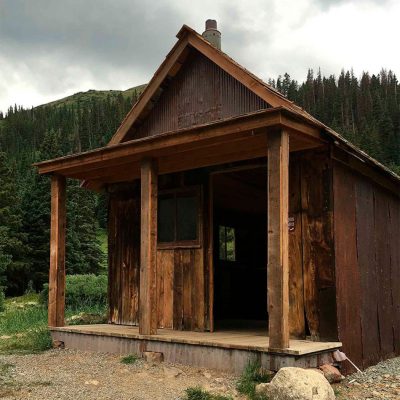Animas Forks Restoration
Animas Forks is located on a system of roads known as the Alpine Loop. The loop is a 65-mile (105 km) system of unpaved roads which connects the small mountain towns of Lake City, Ouray, and Silverton. Most of the land in the area is managed by either the U.S. Forest Service or the Bureau of Land Management. The Alpine Loop is visited by over 100,000 people each year.Animas Forks, at an elevation of 11,200 feet, is more than two miles above sea level.
Project Details
Reynolds + Associates, with David Singer conducted a Historical Structure Assessment for the ghost town of Animas Forks, located north of Silverton in San Juan County. The town consists of a dozen historic structures remaining from this historic mining community. The structures vary in condition from average to very poor. The scope of the project included making recommendations to preserve the important historic site, with as little visible intrusion as possible.
The History of Animas Forks
The town’s first log cabin was built in 1873 and by 1876 the community had become a bustling mining community. At that time the town contained 30 cabins, a hotel, a general store, a saloon, and a post office. By 1883 450 people lived in Animas Forks and in 1882 a newspaper, the Animas Forks Pioneer, began publication and lasted until October 1886. Every fall the residents of Animas Forks migrated en masse to the warmer town of Silverton.
When mining profits began to decline investment in Animas Forks was no longer justified. Although mining made a brief 1904 rebound with the construction of the Gold Prince Mill the town’s mining days were nearing an end. A rail line ran through the area and stimulated interest in mining in the community again but the railroad never reached its expectations. The Gold Prince Mill closed in 1910 and in 1917 most of the mill’s major parts were removed for a new facility in Eureka. The mill’s dismantling signaled the beginning of the end for Animas Forks. The town was a ghost town by the 1920s.
